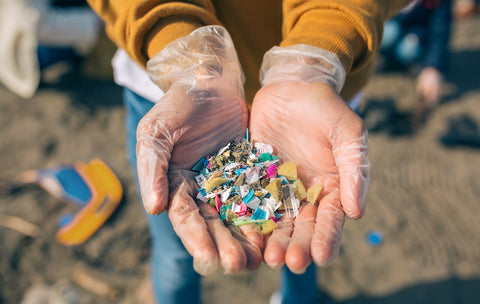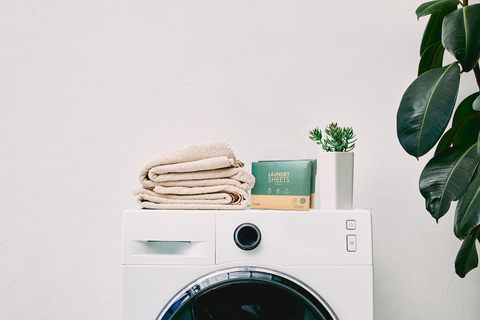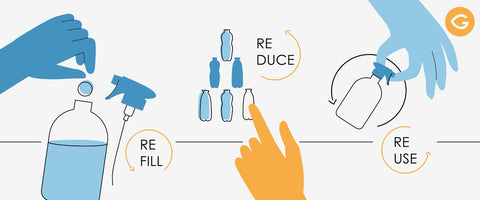Microplastics, tiny pieces measuring less than 5 millimeters, have become a global environmental concern. These minuscule plastic fragments are omnipresent, contaminating every corner of our planet, from the oceans to the air we breathe. The New York Times aptly described their abundance: "18 to 24 shopping bags full of small plastic fragments for every foot of coastline on every continent except Antarctica."
The Impact of Laundry on Microplastics
Laundry plays a significant role in the presence of microplastics in our oceans and waterways. These microplastics are primarily polyester and acrylic fibers, also known as microfibers, that shed from fabrics during the washing process. Shockingly, fabrics are responsible for a staggering 35% of pollution in the world's oceans, with approximately 2 million tons of microfibers entering the oceans each year.
The Origins of Microfibers
When clothes made from twisted filaments are washed, they shed these microfibers due to the abrasion and friction caused by water, detergents, and other laundry products. Synthetic fabrics tend to shed more microfibers compared to natural textiles. Although opting for 100% natural textiles is beneficial, it doesn't guarantee freedom from pollution additives, such as stretchy or antimicrobial chemicals. Investing in organic cotton items can reduce our environmental footprint over time.
Solutions to Combat Microplastic Pollution
-
Microfiber Filters: Installing microfiber filters in washing machines can prevent up to 90% of microplastics from circulating in water. While water treatment plants can capture up to 98% of them, some microfibers still find their way into the environment. Household filtration technology has shown promise in combating microplastic pollution effectively.
-
Sustainable Laundry Habits: Simple changes in laundry habits can significantly contribute to reducing microplastics in the environment. Doing laundry less frequently not only conserves water and energy but also cuts down on microfiber shedding by at least 35%. Washing clothes in cold water and using shorter cycles can further reduce microfiber pollution by 50%, according to studies by the University of B.C. and Ocean Wise.
While there might not be a one-size-fits-all solution, embracing sustainable laundry habits can make a difference in the fight against microplastic pollution. By being mindful of our clothing choices, adopting eco-friendly laundry practices, and supporting initiatives to combat microplastic contamination, we can collectively safeguard our environment for future generations.
Switch to Laundry Sheets
 These lavender laundry sheets are not only eco-friendly, but also free from harmful chemicals like parabens, phthalates, bleach, and dyes. This makes them a safe and natural choice for your laundry needs. Plus, with the powerful formula, you only need a half sheet for a medium load or a full sheet for a large load, helping you conserve water with each load.
These lavender laundry sheets are not only eco-friendly, but also free from harmful chemicals like parabens, phthalates, bleach, and dyes. This makes them a safe and natural choice for your laundry needs. Plus, with the powerful formula, you only need a half sheet for a medium load or a full sheet for a large load, helping you conserve water with each load.




